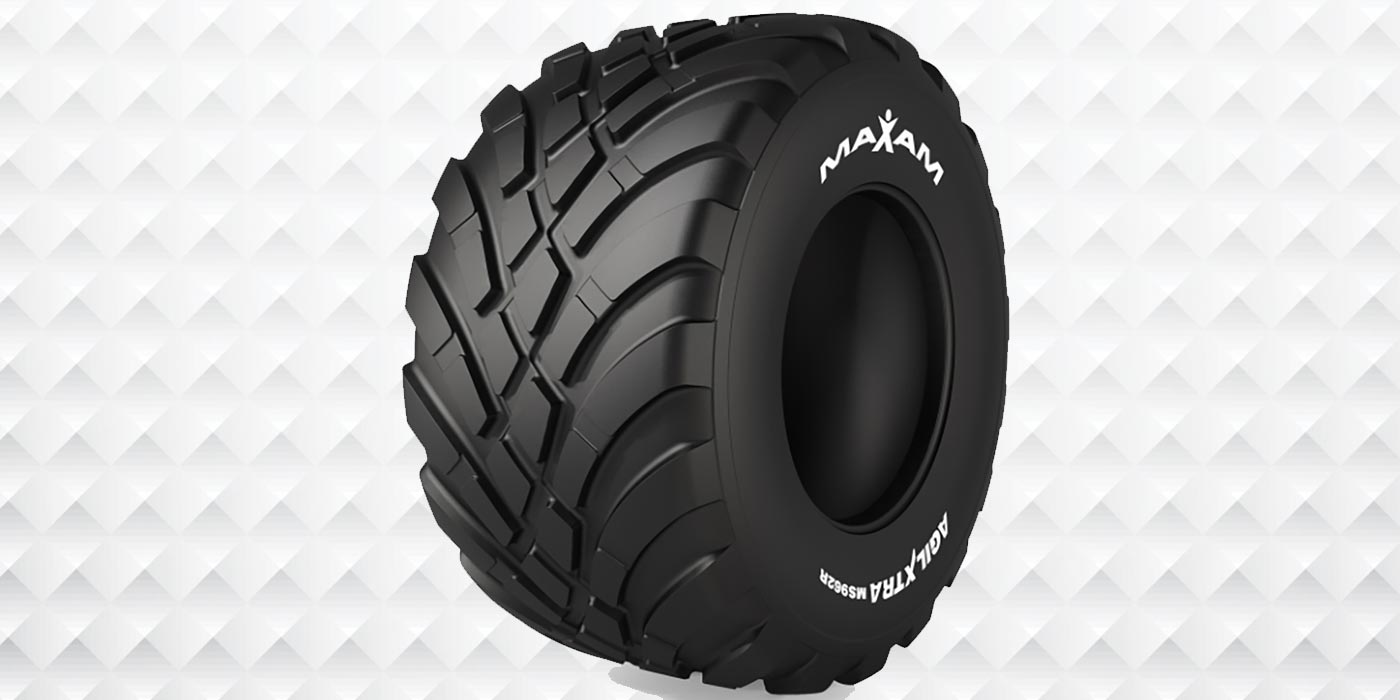should use a spotter, retread chamber or section mold to vulcanize the repair rubber into the tire. More often than not, a section repair is an in-shop job.
Either before filling the injury or after curing, depending on the repair system used, a reinforced repair patch should be installed to strengthen the repaired area.
Tractor tires are often field repaired using nothing more than a reinforced repair on the inside of the tire. However, depending on the construction and ply rating, some tractor tires may be inflated to more than 30 psi. That’s more than enough pressure to seriously injure or even kill anyone standing near the tire should something go wrong.
Basic Repair Guidelines
The basic guidelines for properly repairing a tractor, logging or larger OTR tire are fairly simple.
For a tractor tire – bias or radial ®“ never repair an injury larger than one-inch in the tread area ®“ and never repair a sidewall injury ®“ without filling it with a proper repair material. A one-inch tread area injury may be repaired from the inside only if the operator is finishing a planting or harvesting job. Larger injuries require removing the damaged rubber and cord, and filling the injury.
The tire being repaired then needs to be reinforced with a proper repair unit – bias or radial, depending on the tire. There are permanent one-piece stem and two-piece repair units available for injuries up to one-inch in diameter (irregularly shaped injuries require a section repair).
These type of repair units are pulled through the injury from the inside of the tire.
Logging Tires
Never repair a logging tire with only a reinforced repair unit inside the tire. These tires have a higher internal pressure, and are subjected to extremely heavy loads and difficult conditions. They must be repaired by removing damaged rubber and cords, then filling the injury, and adding a reinforcing unit inside the tire.
As with tractor tires, a one-piece or two-piece repair can be used, pulling the stem through the injury from the inside, and sealing and reinforcing using the patch portion of the one-piece unit or adding a repair unit over the stem repair.
OTR Equipment Tires
Always use a filler material to repair bias or radial OTR tires. Because of possible separation or injury growth, all injuries should be cleaned up and completely filled.
If absolutely necessary to get equipment back on the job, use an over-sized repair unit – one size larger than normally required ®“ but only if the injury is in the tread area and 1 1/2-inch or smaller. The type of repair should be replaced with a proper section repair as soon as possible.
There are one-piece and two-piece repair systems for low-ply bias tires that can be used in the field. However, these are generally used only when repairing one-inch or smaller injuries.
Always use a filler material when repairing a radial OTR tire. It’s critical that all injuries on radial OTR tires be completely and properly filled, otherwise the steel cable construction can rust and cause separation.
The inherent advantages of radial tires – load carrying capacity being the biggest ®“ mean these tires will flex more, and experience tougher conditions and use. This places tremendous strain on any repair, so it’s critical all injuries by properly filled.
One-piece or two-piece repair systems are available for smaller size OTR tires, but should be used only for tread area injuries – and even then, for only a limited range of tires.
Safety Must Come First
The safety of the repair technician and equipment operators should be the primary concern when field repairing any OTR tire.
Open tire injuries can fail, resulting in equipment damage, serious injuries or even death. So extra precautions should be taken when approaching a damaged tire and beginning the repair process – especially demounting from a wheel or rim.
Proper tire repairs certainly help extend the life of a damaged tire, further reducing the operator’s overall tire costs – and making for a happier customer. Improper repairs or open injuries allow water and other contaminants to penetrate the tire, which can lead to serious, irreversible damage.
Removing the tire from service and repairing it properly – and as soon as possible ®“ will go a long way towards improving the customer’s bottom line. After all, a proper repair costs a lot less than a new tire.













